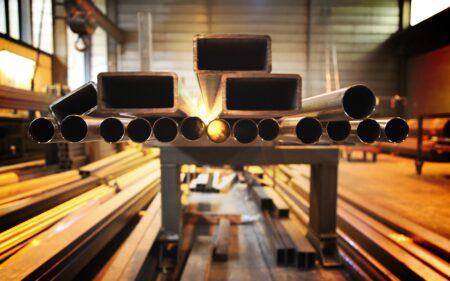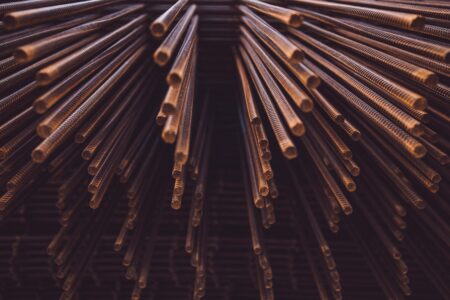A recently filed patent by JFE Steel Corporation showcases an innovative development in the realm of galvanized steel sheets.
Browsing: steel
The European Union (EU) has set ambitious targets for green hydrogen production as part of its plan to become climate-neutral by 2050. A recent report has highlighted that the steel industry could play a significant role in meeting these targets.
Blastr, a Norwegian industrial company, and Knauf Interfer, a German steel distribution firm, have teamed up to produce hydrogen-based steel for Central Europe.
Brazilian mining giant Vale is set to incorporate green hydrogen into its steel production process. This move aims to reduce the carbon footprint associated with manufacturing steel, a traditionally high-emission industry.
Hydrogen embrittlement poses significant challenges for integrating hydrogen into existing natural gas pipelines. This phenomenon, where metals become brittle and fracture due to the penetration of hydrogen, can compromise the integrity of steel pipelines.
The European steel industry is poised to become a significant consumer of renewable hydrogen, with German steelmakers at the forefront of this transition.
The steel i +ndustry is a significant contributor to global carbon dioxide emissions, particularly in the Middle East and North…
Europe’s steel industry is facing a monumental challenge: decarbonization. Axel Eggert, CEO of the European Steel Association (EUROFER), asserts that the industry requires a staggering 5 million tons of hydrogen annually to achieve this goal.
The recent collaboration between Brazilian mining giant Vale and China’s Central South University (CSU) in establishing a joint laboratory for low-carbon and hydrogen metallurgy marks a milestone in the pursuit of sustainable steel technologies.
In a speech at the headquarters of the International Energy Agency (IEA) in Paris, Pinakin Chaubal, head of technology at ArcelorMittal, highlighted the challenges and costs associated with decarbonizing the steel industry.




